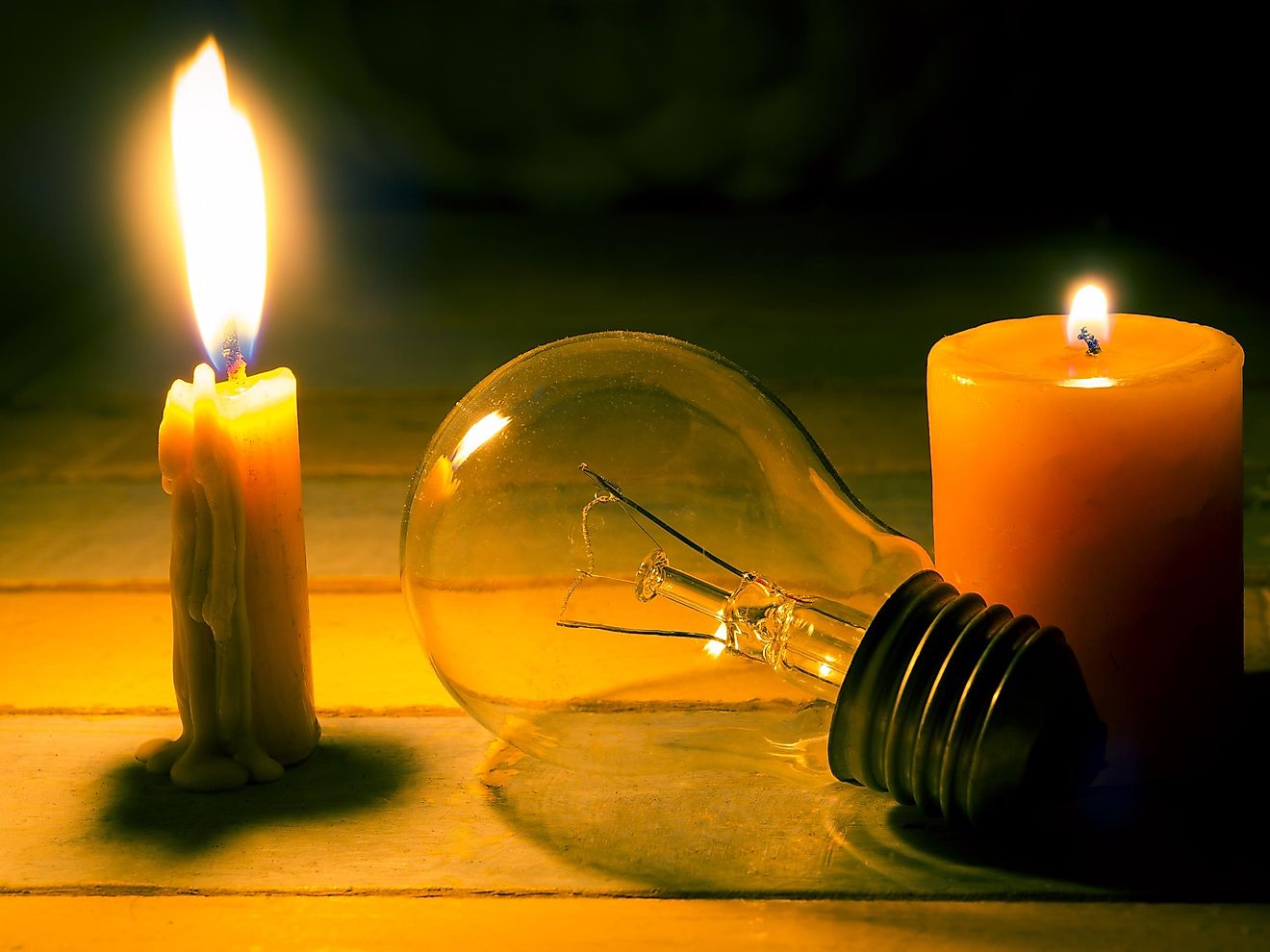How does off grid living work – How does off-grid living work? This question, increasingly relevant in a world grappling with environmental concerns and a desire for self-sufficiency, unveils a fascinating world of sustainable practices and innovative solutions. From harnessing renewable energy sources like solar and wind power to implementing efficient water and waste management systems, off-grid living demands careful planning and a deep understanding of resource management.
This exploration delves into the intricacies of energy production, water conservation, waste disposal, food cultivation, and shelter construction, painting a comprehensive picture of this unique lifestyle choice.
Successfully navigating the transition to off-grid living involves mastering several key areas. Efficient energy generation through solar panels, wind turbines, or other renewable sources is paramount. Equally crucial is the development of sustainable water collection, purification, and storage systems. Effective waste management, including composting toilets and greywater recycling, is essential for environmental responsibility. Furthermore, achieving food security often necessitates establishing gardens, implementing preservation techniques, and potentially raising livestock.
Finally, building or adapting a dwelling that’s energy-efficient and resilient is a cornerstone of successful off-grid living.
Energy Sources in Off-Grid Living: How Does Off Grid Living Work
Off-grid living necessitates reliance on self-sufficient energy systems, primarily harnessing renewable resources. The choice of energy source depends heavily on geographical location, available resources, energy needs, and budget. While each option presents advantages, careful consideration of limitations is crucial for successful off-grid energy independence.
Renewable Energy Sources for Off-Grid Homes, How does off grid living work
Several renewable energy sources power off-grid homes, each with its own set of benefits and drawbacks. Solar, wind, hydro, and biomass are common choices, though their suitability varies greatly depending on the environment.
| Energy Source | Pros | Cons | Suitability |
|---|---|---|---|
| Solar | Abundant in sunny areas, relatively low maintenance, modular systems allow for scalability. | Intermittent power generation (dependent on sunlight), high initial investment, requires battery storage. | Sunny climates with ample sunlight exposure. |
| Wind | Consistent power generation in windy areas, minimal land use compared to solar. | Requires significant wind speeds for efficient operation, noise pollution, potential bird strikes, visual impact. | Areas with consistently high wind speeds. |
| Hydro | Reliable power generation, minimal environmental impact compared to fossil fuels (if properly managed). | Requires water source, potential impact on aquatic ecosystems, high initial investment for larger systems. | Areas with consistent water flow (streams, rivers). |
| Biomass | Uses readily available organic matter, relatively low technology, can be sustainable with responsible forestry. | Air pollution from combustion, requires continuous fuel supply, lower energy density compared to other sources. | Areas with ample access to sustainable biomass sources. |
Designing a Solar Power System for an Off-Grid Cabin
Designing a solar power system for an off-grid cabin requires a careful assessment of energy consumption and available sunlight. First, calculate the daily energy needs of the cabin’s appliances. This data will inform the size and number of solar panels needed. Next, select solar panels with appropriate wattage and voltage ratings. The number of panels should provide sufficient power to meet daily needs, considering seasonal variations in sunlight.
Battery storage capacity should be determined based on energy consumption and the number of days of autonomy desired (how many days the system can operate without sunlight). Finally, an inverter is necessary to convert DC power from the panels and batteries into AC power for household appliances. The inverter’s capacity should match the peak power demand of the cabin.
For example, a cabin with a 5kW peak demand would require a 5kW or larger inverter.
Installing a Small-Scale Wind Turbine
Installing a small-scale wind turbine involves several steps, beginning with site assessment to determine wind speed and consistency. This requires specialized equipment and expertise to ensure sufficient wind resources. Next, secure all necessary permits and comply with local regulations concerning wind turbine installations. Then, prepare the foundation, ensuring it’s robust enough to withstand the forces exerted by the turbine.
Erect the tower and mount the turbine, carefully following manufacturer instructions. Connect the turbine to the charge controller and battery system, ensuring proper wiring and grounding. Finally, test the system thoroughly to verify its functionality and safety. Safety precautions throughout the installation process are paramount, including working at heights and dealing with potentially dangerous electrical components.
Improper installation can lead to equipment damage or personal injury.
Embarking on the journey of off-grid living represents a significant shift towards self-reliance and a deeper connection with the natural world. While challenges exist, the rewards—in terms of environmental stewardship, personal fulfillment, and a reduced reliance on external systems—are considerable. From mastering renewable energy technologies to developing sustainable food production strategies, the path to successful off-grid living requires careful planning, resourcefulness, and a commitment to long-term sustainability.
Ultimately, the transition represents not merely a change in lifestyle, but a profound reimagining of our relationship with the environment and our place within it.
Check what professionals state about off grid living youtube and its benefits for the industry.


